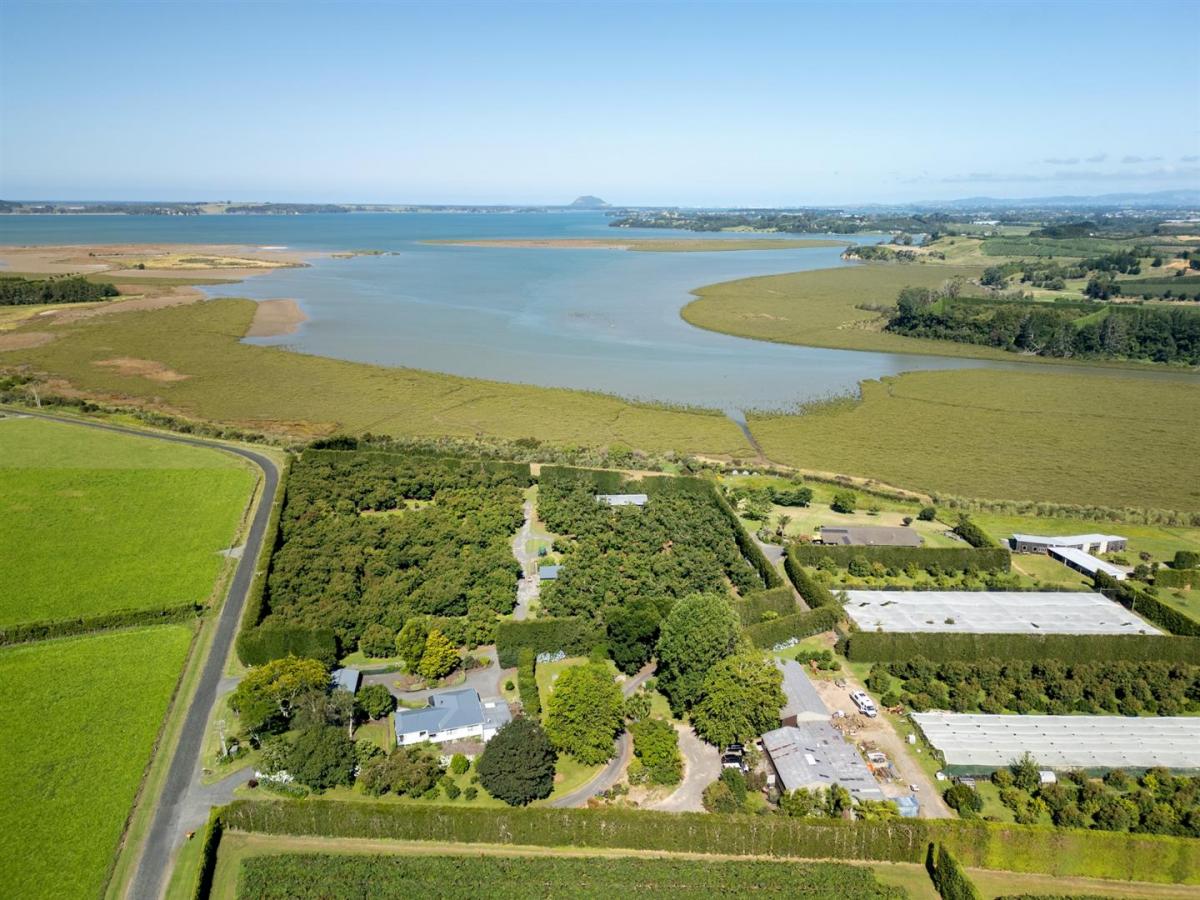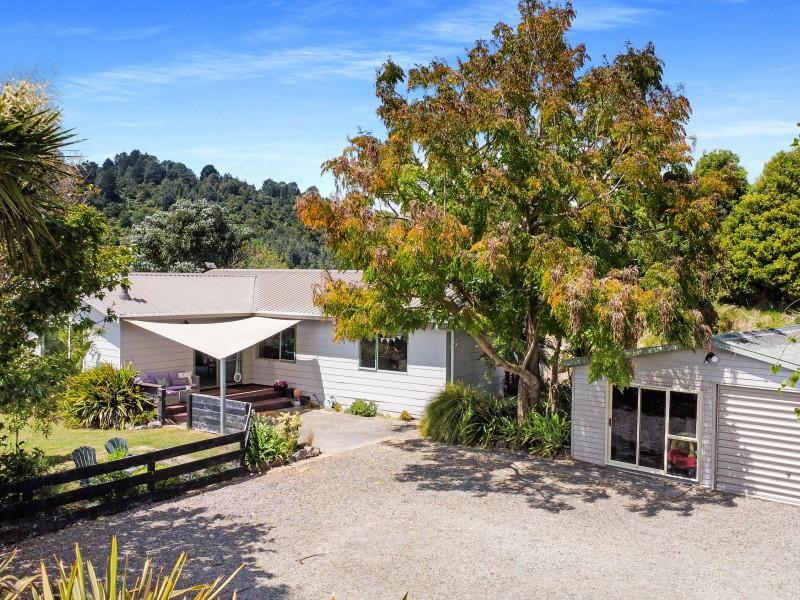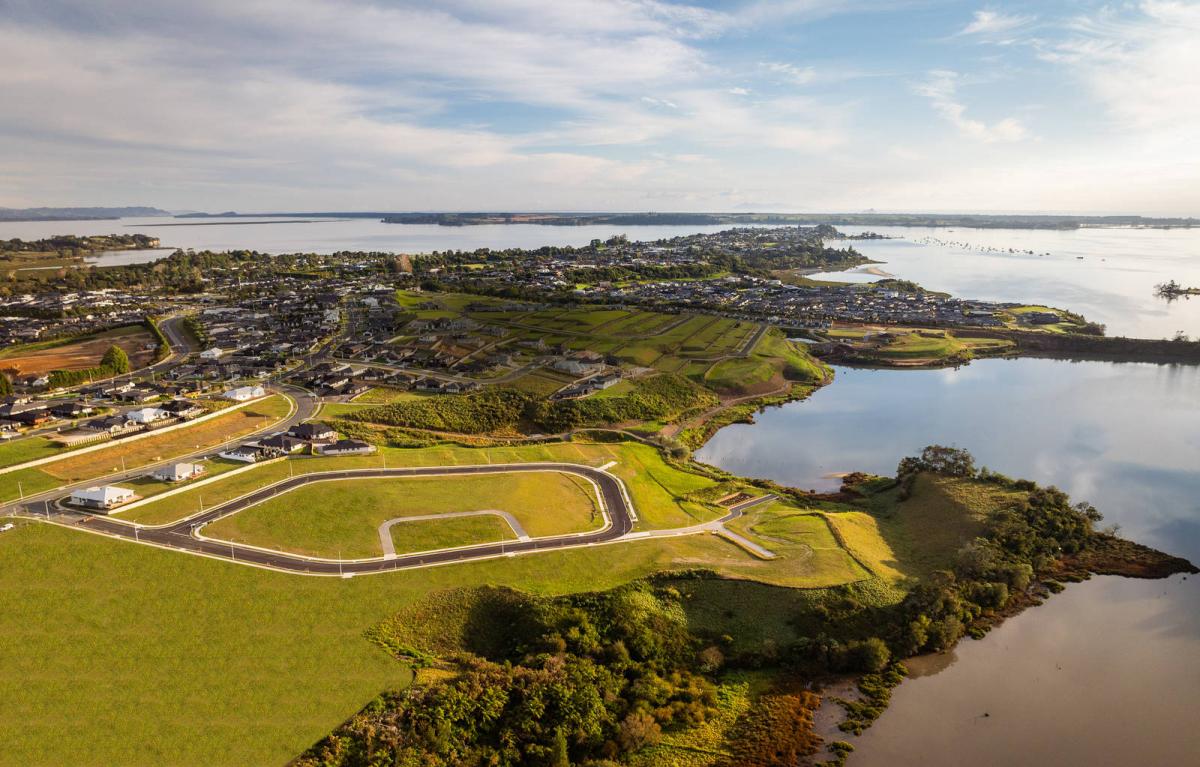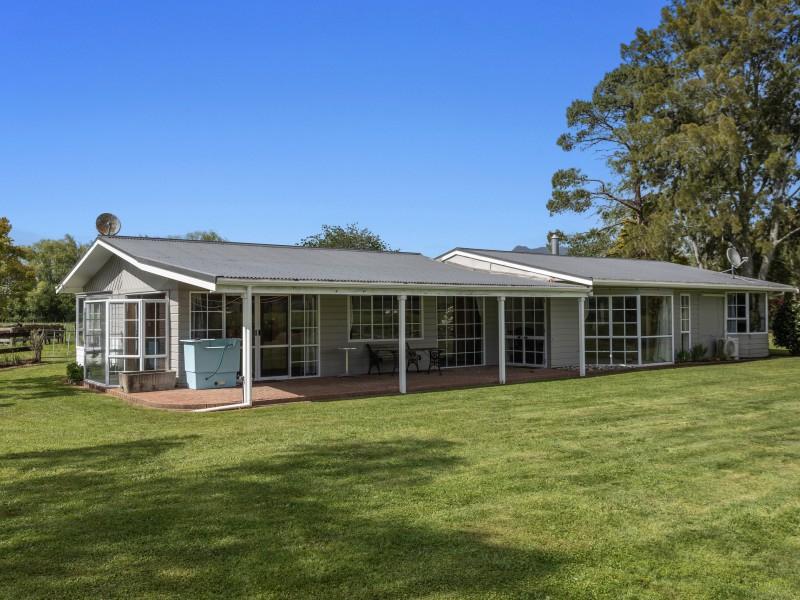An Insight into Viscose
Viscose, or Rayon, was the first regenerated fibre to be manufactured for commercial production in the early 1900s.
As a fabric, it is able to emulate the extremely soft handle and subtle sheen of natural fibres, whilst being more cost effective to produce. Therefore, resulting in the continued popularity of viscose in fashion and soft furnishings.
Although viscose begins as a natural fibre, it is different from products like linen and cotton because it undergoes a manufacturing process. During this process, wood pulp is dissolved in alkali to make the solution called viscose, which is then squeezed through a nozzle or spinneret into an acid bath to create filaments called regenerated cellulose, and finally spun into yarn.
As with all natural fibres, viscose has a unique personality and requires special care. In this article we will discuss the characteristics of this versatile fabric, whether it is the right choice for your next project, and its unexpected enemy – H2O.
Characteristics of Viscose:
• Soft Handle
• Luxurious appearance and subtle natural lustre.
• Viscose yarn absorbs and holds dye well. Especially when piece dyed, a viscose product has the ability to reflect vibrant and bold colour.
• Can be engineered to resemble other natural fibres such as linen cotton and silk, while in most instances, can be more cost effective.
• Absorbent fibre and less durable when wet. We recommend that fabric qualities with a high percentage of viscose yarn are not washed or spot cleaned with water. Due to the absorbent nature of the yarn, spot cleaning can result in watermarks occurring.
• Dry Cleanable. In most cases we recommend a professional dry clean for compositions with a high amount of viscose.
• Low thermal retention. This characteristic mostly applies to the fashion apparel industry. Being a cellulose based fibre, it does not retain heat as well.
• As with all natural fibres, viscose can be susceptible to fading in direct sunlight due to the extreme UV conditions in Australasia. We recommend you are mindful of where natural fibres are situated in the home. In a drapery situation we always recommend a quality lining.
• For interior textiles, a fabric with a component of viscose yarn is extremely versatile and can be used in drapery, upholstery and accessory applications. We don’t typically recommend viscose fabrics to be used for bedding due to the fibre generally being dry clean only.
• A fabric that contains a viscose component can have the same fabric dye processes, finishes and printing applications as other natural fibres.
Keep reading: www.curtainclean.co.nz...
What's your favourite recipe for courgettes?
Kia ora neighbours. If you've got a family recipe for courgettes, we'd love to see it and maybe publish it in our magazine. Send your recipe to mailbox@nzgardener.co.nz, and if we use it in the mag, you will receive a free copy of our January 2025 issue.

The tiger who came to tea
Trays are such a useful item to have in the home – they are obviously great for serving food and drinks, particularly breakfast in bed! Find out how to create your own with Resene wallpaper and Resene Colorwood wood stain with these easy step by step instructions.

Does Your Organisation Need New Flooring?
Is the flooring at your school, early childhood, community or sports centre old and threadbare? Or perhaps you have a new space where there’s no flooring at all. Your organisation could be eligible to receive $2,000 + gst from the RhinoKids Flooring Fund to go towards new flooring. Plus, one lucky organisation will win a $20,000 flooring makeover!
Carpet Court is continuing its’ mission to help improve Kiwi kids’ learning environments by rolling out its’ nationwide fund for the fifth year in a row. Apply today!

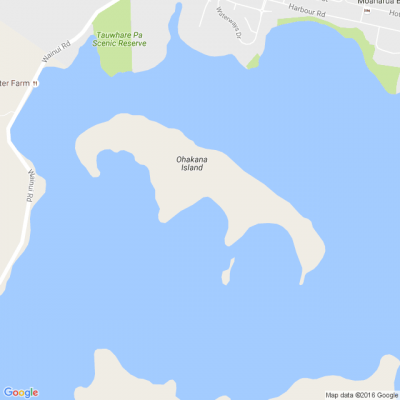
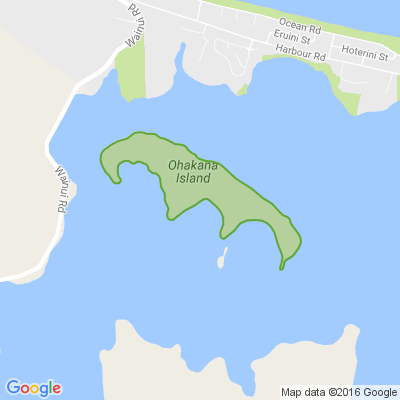




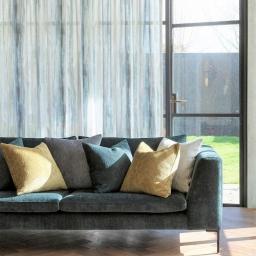
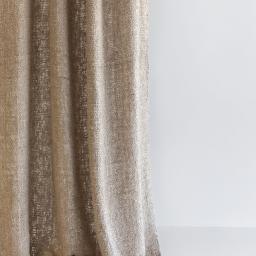
 Loading…
Loading…








